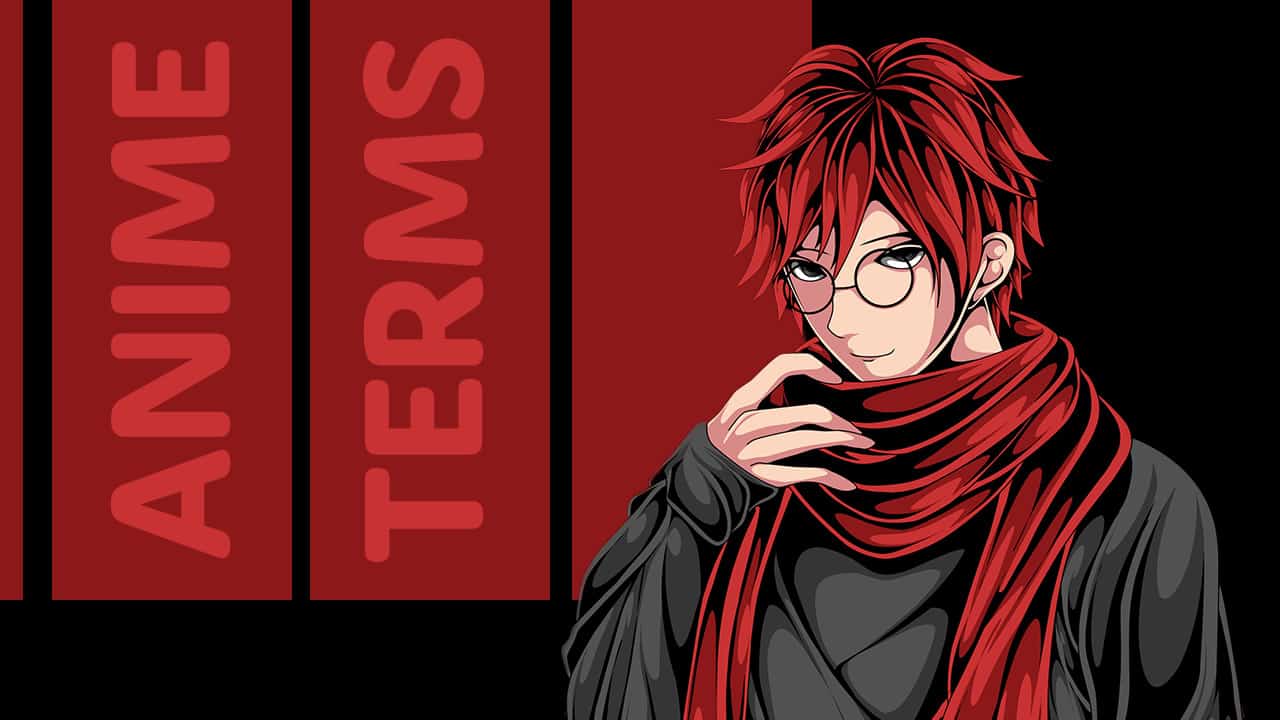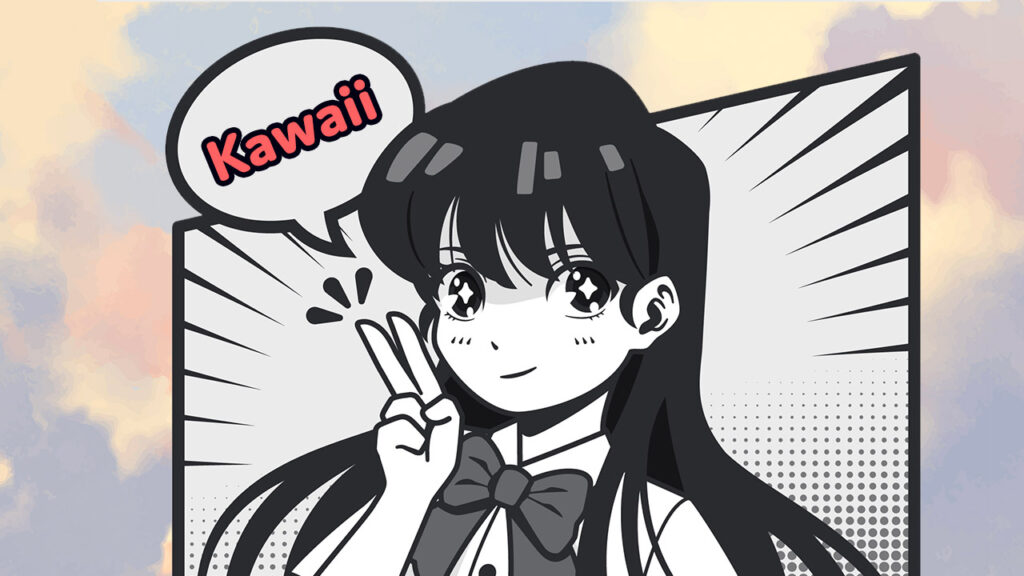
Popular Anime Terms Explained
The online world can sometimes feel alien to parents of teens with its unique words and acronyms. But anime – TV shows and movies inspired by Japanese animation – adds an extra layer of confusion as most anime slang terms are in a different language. In this article, we explain the most popular anime words used in plots and storylines.
At Game Quitters, members of our parent support group often ask questions about the terminology tweens and teens use online. That’s why we’re compiling a series of articles to decode the popular words, phrases, acronyms and hashtags that appear on social media platforms like Instagram and Snapchat, and video games such as Roblox.
A-Z of anime terms

This A-Z list of common anime phrases is designed to help parents with kids who are fans of Japanese animation:
Anime – An abbreviation of animation. Used to describe hand-drawn or computer-generated cartoons from Japan that are popular worldwide. Genres include action-adventure, comedy, drama, horror, romance, science fiction and more.
Baka – Derogatory term meaning idiot or fool.
Bishoujo/bishounen (bishie for short) – Beautiful girl or handsome boy.
Chibi – Describes something (usually a person or animal) that is small and cute.
Cosplay – It means ‘costume play’ and involves dressing up as a character from an anime movie or TV show.
Doujinshi – Manga (Japanese comics and graphic novels) created by fans for fans.
Ecchi – Content that is slightly erotic and suggestive without being too explicit.
Fan service – Adding something with no direct relevance to the story to please fans.
Gakuran – School uniform worn by middle and high school students.
Harem – A story where a character is surrounded and loved by a multitude of men or women.
Hentai – Pornographic anime with explicit and graphic images. Some accounts on OnlyFans contain this content.
Itai – Used to express pain – it means ouch, sore, hurt or painful.
J-pop – Japanese pop music which is sometimes used in anime.
Kawaii – Tiny, cute or loveable.
Kowai – Frightening or dangerous.
Kuudere – A character who keeps control of their emotions and stays calm in stressful situations.
Lolita – Japanese fashion style of Victorian-inspired outfits that are elegant and modest.
Mahoshoujo – Magical girl – an anime genre based on young girls with magical abilities. Sailor Moon is a popular anime TV series of this type.
Manga – Japanese comics and graphic novels.
Nani – It means ‘What?’ and is used in the same context as in English.
Otaku – Someone who is obsessed with (and potentially addicted to) anime, manga and Japanese culture.
Pocky – A chocolate-coated cookie stick
Q-version – ‘Q’ means cute so ‘Q-version’ means the cute version of a person or thing.
Ramune – A type of Japanese soda. The mouth is sealed with a marble, rather than a screw top.
Shonen – A genre of anime popular with tween and teenage boys. It often features a young male hero and action-adventure storylines.
Shoujo (or shojo) – A genre of anime aimed at tween and teenage girls due to the mainly romantic storylines.
Sugoi — It can mean terrible or awful, or amazing or great, depending on the context.
Tsundere – A character (usually female) who changes over time from being cold and disinterested in a love interest to being warm and friendly.
Ureshiii — Happy, glad, pleased or relieved.
Urusai – It has several meanings including noisy and obnoxious. When said on its own with emphasis, it can also mean ‘Stop it!’ or ‘Shut up!’.
Visual kei (or VKEI)– It translates as ‘visual style’ and describes a fashion movement among Japanese musicians that’s a bit like glam rock. Artists have elaborate and flamboyant outfits, hair styles and makeup.
Weeaboo – A derogatory slang term for a Western person who is so infatuated with Japanese culture (not just anime) that it takes over their life.
Yandere – A character (usually female) who becomes so obsessed with someone they will do anything to be together – and this obsession can sometimes become dangerous.
Yaoi (also known as BL or boys love) – Anime storylines which feature romantic relationships between male characters.
Yuri – A genre of anime that focuses on romantic relationships between female characters.
Zettai – Absolutely, definitely or no matter what.
Get help for anime addiction
Are you concerned that your child may have an unhealthy obsession with anime? Are they neglecting friends, family, other hobbies and schoolwork to watch Japanese TV shows and movies? At Game Quitters, people who are addicted to anime and manga come to us for support.
Our coaching programs provide strategies to help your loved one make positive changes, stop the compulsive behavior and live their best life.
Book a gameplan strategy call to see if your loved one is a good fit for our coaching program. We have limited spots available and are unable to accept all applicants.
